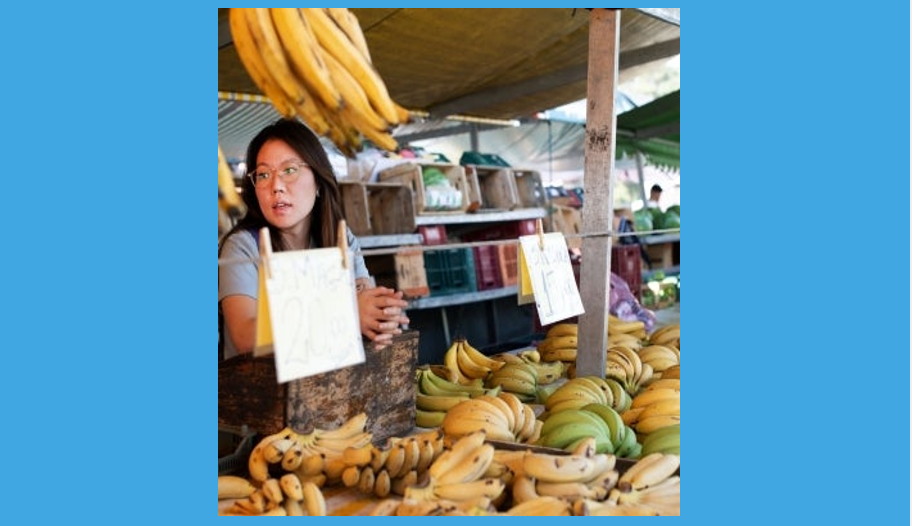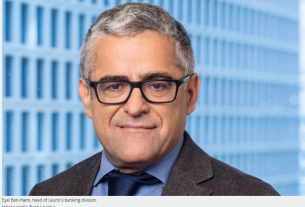The Latin America and Caribbean (LAC) region has made great strides in financial inclusion. In the past five years, many underserved customers were able to shift from access to basic financial products to tapping their phones, scanning QR codes, using voice commands for everyday transactions, or even accessing investment products so that the money in their accounts would generate a return. According to the latest Findex report, as of 2024, 37% of adults in the region own a mobile money account, a significant leap from 22% in 2021, bringing total account ownership in the region to 74%. Furthermore, the number of adults saving through mobile money has surged by more than 10 percentage points. There has been a significant increase in digital payments, with 60% of adults making digital payments as of 2024.
The combination of policy reforms across the region and investment in Digital Public Infrastructure (DPI) fueled this progress. Governments implemented progressive policies and created enabling environments, opening the market to new, inclusive fintechs. Such is the case of Brazil, which pioneered an open finance framework and instant payment system (PIX). In Argentina, payment accounts with balances invested in money market funds grew from 13.8 million in December 2023 to 22.4 million in December 2024, and by the end of 2024, at least 53.7% of people with payment accounts held balances in money market funds. Today, more than 3,000 fintechs are operating across 26 countries in the region, a significant increase from just 703 fintechs in 18 countries back in 2017. This surge in competition has spurred data-driven innovations, making financial services faster, more affordable, and inclusive.
The transformational role of PIX and Open Finance in Brazil
Brazil’s commitment to improving connectivity and financial access has yielded substantial benefits, enabling millions of people to join the formal financial system. The latest data shows that mobile phone ownership continues to be high, and that 86.3% of adults have an account, and 77% have made or received digital payments.
In particular, PIX, Brazil’s instant payment system, has revolutionized the financial ecosystem by offering free or low-cost instant transfers with easy-to-use features since its launch in 2020. As of early 2025, over 182 million individuals, representing about 87% of the adult population, were using PIX to make purchases, pay for utilities, and buy inventory. Additionally, 19 million businesses used PIX, processing 64 billion transactions in 2024, a 53% increase from the previous year. Pix has been especially popular among micro and small businesses (MSMEs) and informal businesses, as it is cheaper and easier to set up than traditional card payment systems. Nearly 89% of micro and small businesses accepted payments through Pix. These figures illustrate how intentionally designed digital solutions can have a transformational impact in reaching vulnerable and hard-to-reach segments.
The adoption of open finance has further bolstered these advancements by enabling individuals to securely access and share their financial data with institutions of their choice. Brazil’s open finance ecosystem reported over 27 million customers , with over 43 million accounts linked through open finance. This data-driven approach enables financial institutions to design more tailored products and services, leveraging customer payment information from PIX and other sources to better address the diverse needs of users. For example, Mercado Pago received 6 million data consents from users, which boosted open finance offerings in 2024, including ⅔ of people who improved their credit offering. This meant providing credits to more than 22 million Mercado Pago users and a 47% increase in transactions in 2024.
Inclusive fintechs as catalysts for financial Inclusion
Inclusive fintechs not only improve access to financial products but also address barriers to adoption, such as a lack of connectivity and financial literacy. For example, in Mexico, more than 20 thousand stores provide Mercado Pago cash-in-cash-out (CICO) services, with an average cash inflow of 122 USD per user per transaction, and an average cash outflow of 65 USD per user per transaction. Serving as essential bridges to the formal financial system, CICO agents facilitate the safe adoption of digital financial services by low-income customers, building trust and helping the digitalization of finance.
Once accounts are set up, it is critical to embed everyday use to ensure that individuals are actively using and benefiting from a broad range of financial services that meet their daily needs. In Argentina, for instance, by September 2025, 1.1 million social program beneficiaries of ANSES (National Social Security Administration) had opted to receive social benefits through Mercado Pago, making it easier to access additional financial services in a safe and simple way. Almost 18 months later, eight out of 10 are investing their money for the first time, 82% say they organize and plan their expenses better, and more than half declare they have accessed their first loan.
New technological innovations like artificial intelligence (AI) can further drive financial inclusion in the region. A number of fintechs are now using alternative data, such as marketplace sales and bill payment histories, to assess creditworthiness, rather than relying solely on traditional collateral and credit histories. For example, Mercado Pago is supported by technology such as machine learning and artificial intelligence, as well as its own scoring model to assess creditworthiness, rather than relying solely on collateral or long credit histories. The same AI capabilities power real-time fraud detection, spotting anomalies and blocking suspicious transactions before they cause harm.
Achieving financial inclusion in LAC requires coordinated action
Despite the remarkable strides being made, significant gaps persist. To make lasting progress in financial inclusion across the region, it is essential to invest in policy measures that enable progress to continue and reach everyone safely.
- Closing the digital gap: Most of Latin America—93%—has mobile broadband coverage, but about 174 million people still do not use it, with rural areas far behind cities. This gap is not just about signals; it is about affordability, digital skills, and trust. Furthermore, lack of trust in financial institutions and high costs deters about 20% of adults across LAC from having accounts. Improving digital infrastructure and providing financial education programs by leveraging CICO Agents are essential to overcoming these barriers and enabling more people to benefit from inclusive financial services.
- Closing the gender divide in connectivity and data: Many countries in the region have narrowed the overall gap in financial access, but women are still often overlooked or underserved by financial institutions. According to the 2025 Findex, LAC has a gender gap of eight percentage points in account ownership. Governments can help change this scenario by investing in closing the digital divide and collecting gender-disaggregated data in connection with instant payments and open finance to enable FSPs to provide services tailored for women.
- Creating an enabling regulatory environment for competition and innovation: Policymakers must create an environment that fosters competition and innovation, enacting regulations that ensure the stability of the system but also encourage the search for creative solutions adapted to the digital reality that surrounds us, where both fintechs and traditional providers can thrive alongside one another.
- Strengthening consumer protection: As more people adopt digital financial services—many for the first time—regulatory developments must be accompanied by robust consumer protection measures. This means protecting users from fraud, data misuse, and other risks associated with digital services; building trust in the system through transparent practices and recourse mechanisms; and building smarter and more tailored services that let consumers control their data, help providers reach new users, and ensure fair access to financial tools.
When these policy measures are implemented together, financial service providers can leverage data and technological advancements to offer services that are more accessible and affordable. This, in turn, helps close the remaining gaps in financial inclusion, narrow gender disparities, lower the cost of credit for individuals and businesses, and ensure that even the most vulnerable populations can fully participate in and benefit from the formal financial system.
Building on proven strategies and learning from best practices, the region has the opportunity to continue making significant strides in financial inclusion, fostering greater growth and resilience for all.


